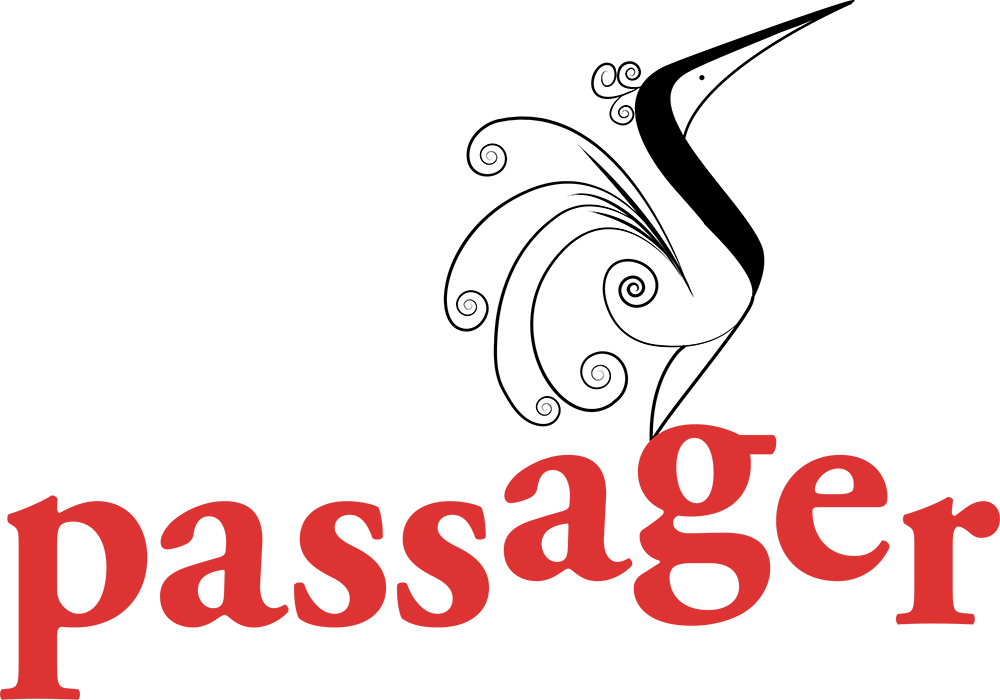May Day



Contemplating what helps us bloom, with poems by Kathy Mangan, Sarah Yerkes and Catherine DeNunzio.
6 minutes
TRANSCRIPT
We’re looking ahead to May Day. May 1st has been celebrated for a heck of a long time — by Romans and Christians and Celts and others, not to mention the workers of the world. It’s positioned between the spring equinox and the summer solstice. Children wear crowns made of flowers and dance around Maypoles. We’re going to celebrate May Day with some poems about flowers.
Even though we plant tulips in the fall, in many parts of the country, we’re enjoying them around now. Here’s Kathy Mangan’s poem “Planting Tulip Bulbs” from her book Taproot.
Why do we wait so long, by–
passing October’s spangled days
until, always one raw November
Sunday we’re on our knees in damp
dirt, racing twilight, hacking the chilled,
resisting ground with trowels, a bag of Red
Emperors torn open between us? Perhaps
it’s our reluctance to tempt the gods:
to plant presumes, come April,
we’ll witness the pinkish tops
break through, the fiery goblets
unfurl and sway on green stems. Past sixty,
we’ve endured friends felled
by accident, illness: the jogger sheared
from the road as he turned for home,
the philosopher’s brain spidered
by tumors. Survivors so far, we know faith \
accretes in cold, in darkness. We insert
the white nubs six inches down, following
the sack’s instructions, crumble broken clods,
then into each dank opening sprinkle bone
meal. Our joints crack when we stand to tamp
the earth over the bulbs we’ve buried,
life’s minor apprentices.
“Planting Tulip Bulbs,” Kathy Mangan. Passager first published Kathy in 2014 and published her book Taproot in 2019. And Kathy recently joined Passager’s board of directors.
Sarah Yerkes was born in 1918, so her 105th birthday is coming up. She’s a retired landscape architect and sculptor. Here’s her poem “Garden Flowers.”
As a child, I was fascinated by the zinnias
in my mother’s flower border —
their sturdy pillow shapes, their wild colors.
Bees used to cross-pollinate them,
creating all sorts of unusual variations.
Once, mistaking me for a zinnia
a bee crawled down the front of my shirt —
what drama!
Confused and frightened, the bee stung
and I yelled.
Someone came running: the bee died, I survived!
Striving for a simple country effect,
my mother planted daisies, nasturtiums,
marigolds — not sophisticated Amaryllis.
Those stylish blooms beguile me now —
petals by themselves: curved treasures.
Together, in sets of six, surrounding
honeyed stigmas, mascara’d anthers,
with velvet dots in varied shades of pink,
they form a composition of elegance and grace.
Recently, a kind friend brought me
a vase of daylilies. Smaller than those
that grew in my plot by the sea
but the same bright tiger shade.
“Too bad they’ll only last a day,” I thought.
Next morning, dead blooms did need removing.
Happy surprise, though, new buds had opened up!
Three cheers for hybridization!
Water changing, stem snipping, deadheading —
horticultural chores lasted for a week.
All my flowery memories remind me now
of ruined manicures and creaky backs,
the pleasure of digging in loamy soil,
work that my present life now, sadly, lacks.
“Garden Flowers,” Sarah Yerkes from her book Days of Blue and Flame.
Catherine DeNunzio said that a photo of a Queen Anne’s lace blossom triggered feelings about particular passages in her life, ideas about specific human tendencies, inclinations, feelings, and behaviors, and finally, a quiet awareness that her life will end. And it prompted her to write this next poem “As You Are.”
Is this blossom of Queen Anne’s lace past
her prime? Around her like delicate parasols,
others still at their most enticing
bob evasively at passersby and breezes.
But days ago — thanks to her brain-like
radicle — she sent her umbels curling
forward into a seed head in which
she prepares her progeny.
Undulating and coiling, they
form a cavern fit for echoing,
I was young. I, too, enticed.
But she is done inviting.
Now her posture says,
Admire me or don’t.
In time, she will distribute her seeds
onto casual passersby,
release them to the breeze.
In time. Not yet.
Listen. She is murmuring,
You be as you are, too.
“As You Are,” Catherine DeNunzio from Passager’s 2021 Poetry Contest Issue.
To buy Kathy Mangan’s book Taproot, Sarah Yerkes’ book Days of Blue and Flame, or Passager’s 2021 Poetry Contest issue . . . or to subscribe to or learn more about Passager and its commitment to writers over 50, go to passagerbooks.com. You can download Burning Bright from Spotify, Apple and Google Podcasts and various other podcast apps.
For Kendra, Mary, Christine, Rosanne, and the rest of the Passager staff, I’m Jon Shorr.
Due to the limitations of online publishing, poems may not appear in their original formatting.



